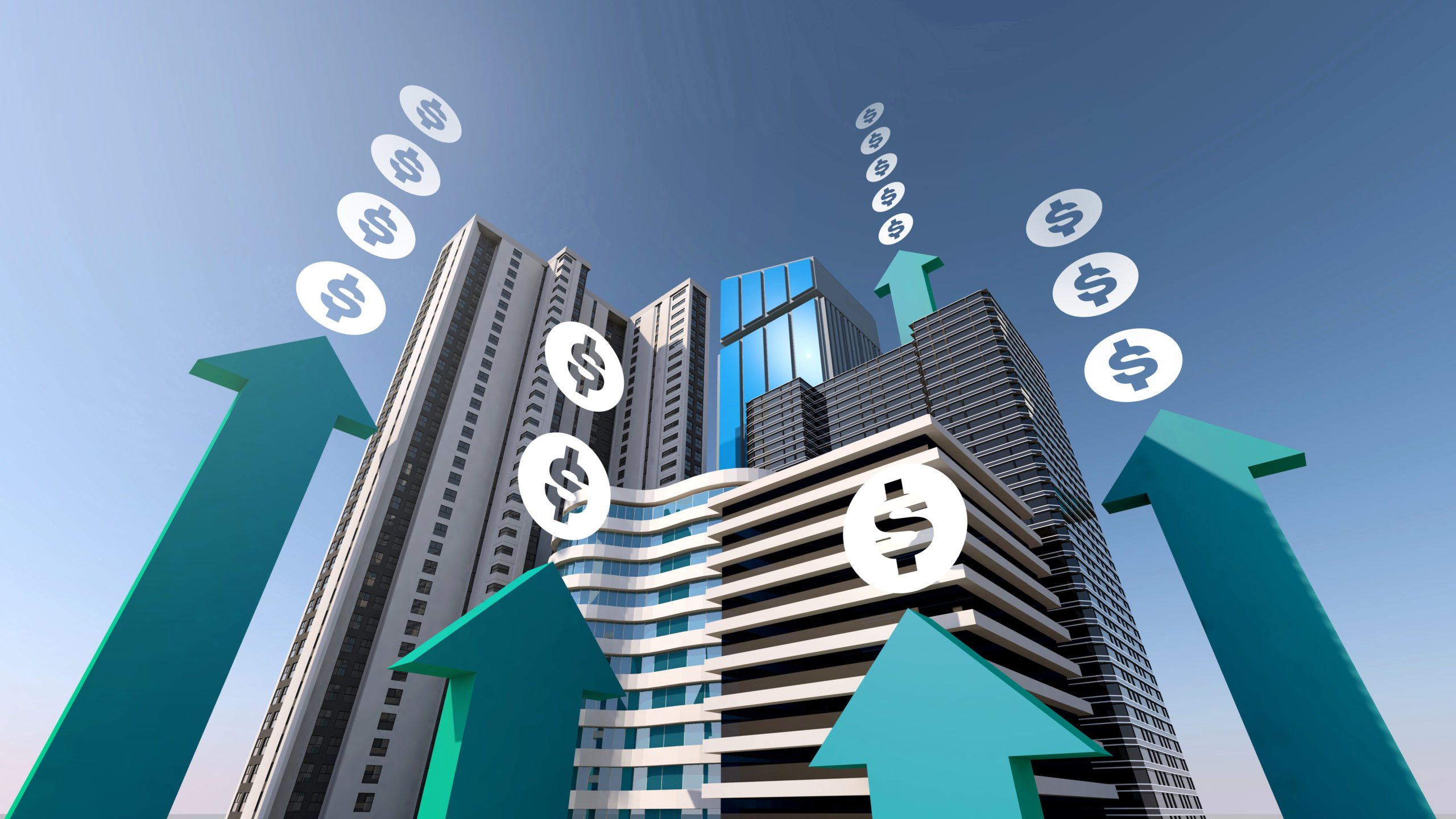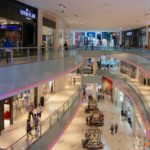
The New Year is just around the corner, and market trends and movements in the market continue to highlight how the pandemic and “The Great Decentralization” of many businesses across the USA and around the world have changed the market for commercial real estate. It is easy to fall into the trap of watching the comps and considering where the greatest demand will be for CRE, but this offers a relatively shortsighted approach to investing. Considering the big picture and the various local, national, and even international factors that will impact the rebuilding of the economy is critical to make the best long-term investment choices.
Energy Costs
Energy is a critical factor in both the overhead costs of owning CRE and the ability to maintain high occupancy rates. Buildings that are LEED certified and offer both sustainable, green technology in construction, materials, systems, and operations continue to be a consideration for both investors and tenants. New buildings tend to have upgraded lighting systems, state-of-the-art HVAC systems, and even sound reduction systems that are linked to a healthier work environment. The offset to these improvements is increased initial construction costs for new buildings and additional costs for retrofitting older buildings to make them competitive in the market.
Housing Issues and CRE
Multifamily properties continue to be in demand. In many markets, the current demand for these units far outstrips current vacancy levels and new construction. During the pandemic, the move was out of the city centers to more suburban areas, increasing rental rates in these traditionally underused buildings. Investing in multifamily housing requires a higher initial cost, with the potential for excellent long-term return on investment for properties that are located closer to the major economic areas in any geographic area. Workers continue to struggle with higher fuel costs and the need to move away from urban areas to find affordable housing. This further drives the demand for remote work options or hybrid work models, which reduces the office space many companies require. It also continues to push the need for high-tech office environments designed to accommodate this new “normal” in business models.
Political Considerations
The dramatic pendulum swing of federal and state policies makes it difficult for CRE investors to have a clear long-term plan based on predictable regulatory policies. As these policies change on an ongoing basis with different local, state, and federal administrations, CRE investors face greater uncertainty about starting new projects that may face regulations and policy changes part way through development and construction. Some of these factors include global issues such as climate change and its impact on new construction for small to large-scale commercial real estate developments. Implementing best practices and demonstrating social responsibility on these projects is a benefit, but it also adds to the cost and time to completion. These big-picture issues for CRE will not be resolved in 2023. They will, however, continue to have an impact on pricing, new projects, and the risk investors are willing to take when adding to their portfolios.


